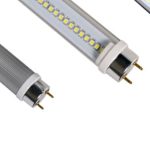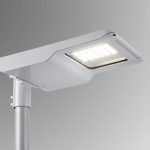The Healing Power of LED Lights: Choosing the Best Color for Maximum Benefits
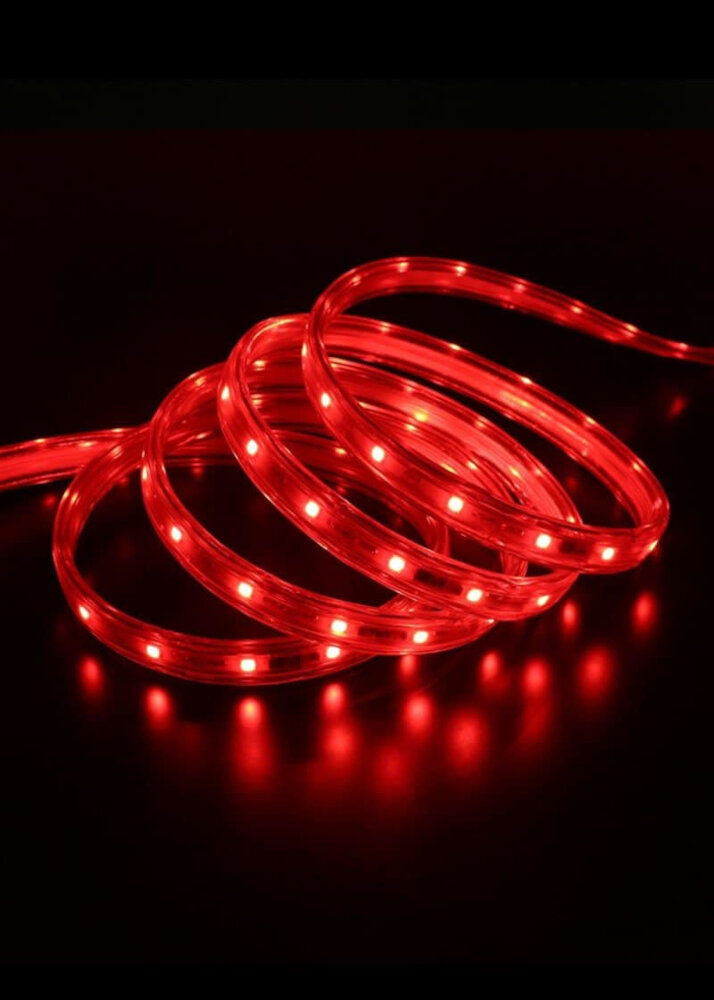
Light therapy has been known to have tremendous benefits in healing various ailments, and LED lights have been found to be one of the most effective methods of delivering this therapy. LED lights work by emitting different colors of light, each with its unique wavelength and benefits. This has led to the development of various LED light therapies, which are being used in medical facilities and homes worldwide. In this article, we will explore the healing power of LED lights and how to choose the best color for maximum benefits. LED light therapy has been used to treat various conditions such as acne, depression, pain, and inflammation, to name a few. The different colors of LED lights work by penetrating the skin at different depths, where they trigger various physiological responses. For example, red LED lights are known to increase collagen production, reduce inflammation, and promote wound healing. Blue LED lights, on the other hand, are effective in killing bacteria that cause acne and other skin infections. By understanding the different benefits of each color, you can choose the best LED light therapy for your specific needs and experience maximum benefits.
What are LED Lights and How Do They Work?
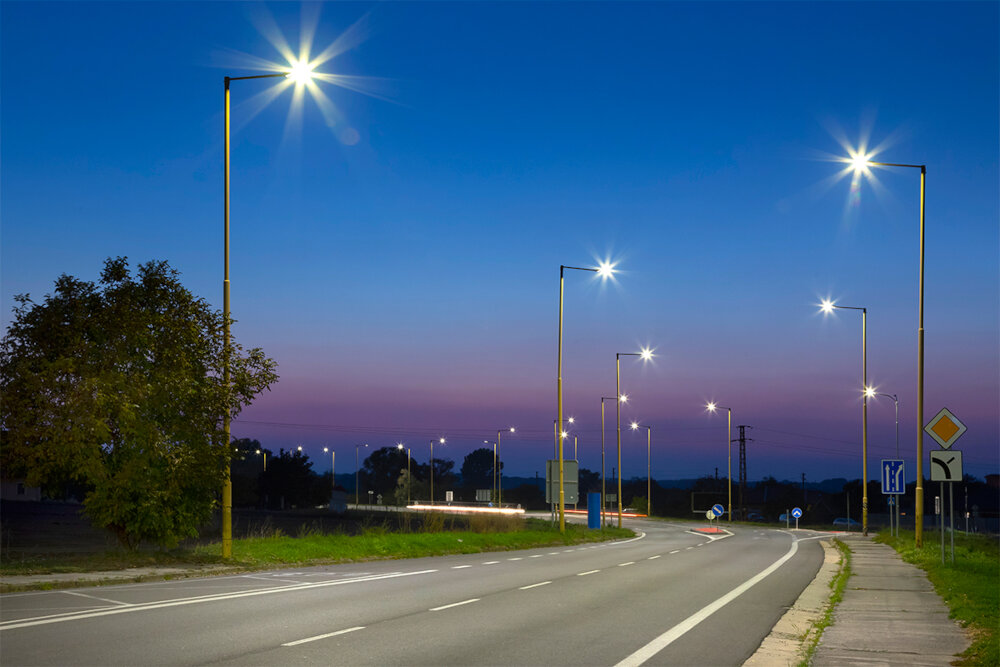
LED lights, or Light Emitting Diodes, are a type of lighting technology that has revolutionized the lighting industry in recent years. Unlike traditional incandescent bulbs, LED lights are incredibly energy-efficient, long-lasting, and environmentally friendly. They work by using a semiconductor material to convert electricity into light, rather than heating a filament like a traditional bulb. This process produces a bright, focused beam of light that is perfect for everything from task lighting to decorative accent lighting. LED lights come in a wide range of colors, from warm white and cool white to red, green, blue, and even pink and purple. LED lights are incredibly versatile and can be used in a variety of applications, from residential lighting to commercial and industrial lighting. They are particularly popular in the healthcare industry, where they are used for a range of therapeutic purposes. For example, research has shown that certain wavelengths of LED light can help to improve the symptoms of depression and anxiety, promote wound healing, and even reduce the symptoms of Seasonal Affective Disorder (SAD). LED lights are also commonly used in cosmetic treatments, such as red and blue LED light therapy for acne and other skin conditions. With so many benefits, it’s no wonder that LED lights have become such a popular choice for lighting designers and healthcare professionals alike.
LED lights have become increasingly popular due to their numerous benefits. Firstly, they are energy-efficient and consume less power compared to traditional lighting sources, leading to lower electricity bills. Secondly, they are long-lasting and require minimal maintenance, reducing replacement costs. Thirdly, LED lights emit little heat, making them safe to use, especially around children and pets. Moreover, they have a wide range of colors that can be used for therapeutic purposes. Different colors have different wavelengths that affect the body in various ways, leading to benefits such as pain relief, improved mood, and reduced inflammation. Overall, LED lights offer a cost-effective, safe, and versatile lighting solution with the added benefit of potential health benefits.
The Healing Power of LED Lights
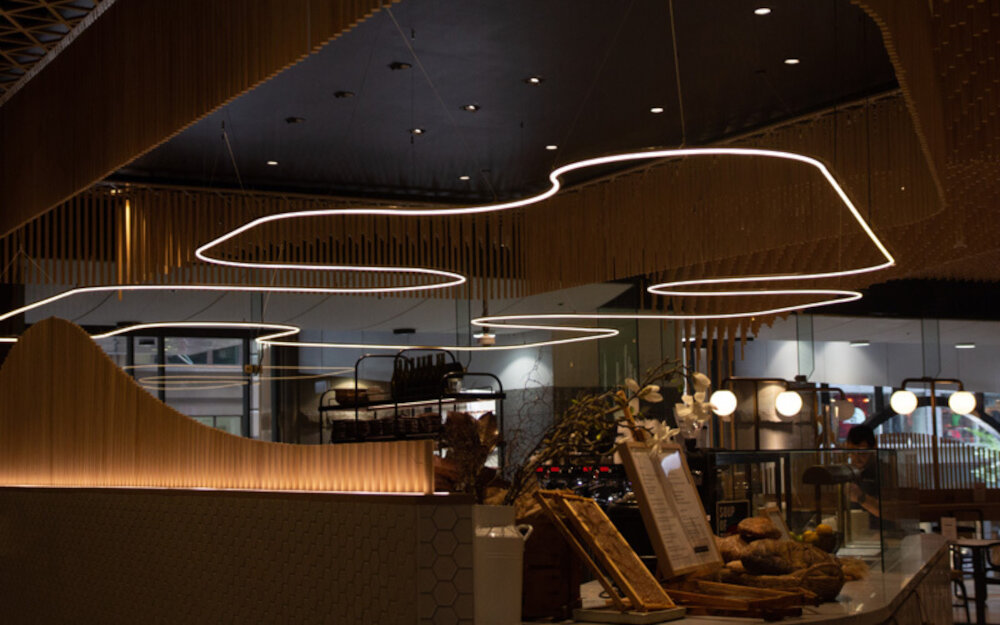
LED lights have proven to be highly beneficial in terms of healing and therapeutic effects. They have emerged as a popular alternative to traditional treatments due to their non-invasive nature and minimal side effects. LED lights emit different wavelengths of light, which can penetrate the skin and stimulate the cells to promote healing. They work by activating the natural healing processes of the body, including collagen production, cell regeneration, and increased blood flow. The healing power of LED lights is not limited to physical health but extends to mental health as well. The different colors of LED lights have different effects on the body and mind. For example, blue light is known to promote relaxation and reduce stress, while red light is used to improve circulation and reduce inflammation. Choosing the right color of LED lights is crucial to maximize their benefits. Blue light is commonly used in spas and salons for its calming effects, making it an ideal choice for treating anxiety and depression. Red light, on the other hand, is used for its anti-inflammatory properties, making it an effective treatment for skin conditions such as acne, eczema, and psoriasis. Green light is known to promote balance and harmony, making it a popular choice for treating migraines and headaches. Yellow light is used to improve mood and enhance cognitive function, making it an excellent choice for treating seasonal affective disorder (SAD) and other mood disorders. With the right color of LED lights, the healing power of light therapy can be harnessed to promote overall health and well-being.
LED lights have been found to have a positive impact on mental health. The benefits of LED lights on mental health are attributed to their ability to emit a wide range of colors that can influence mood and behavior. Different colors of LED lights have unique effects on the brain and can help to alleviate symptoms of depression, anxiety, and other mental health conditions. For example, blue LED lights can help to reduce stress and promote relaxation, while green LED lights can improve focus and concentration. Additionally, LED lights are energy-efficient and have a longer lifespan than traditional lighting, making them a more sustainable and cost-effective option for improving mental health in homes and workplaces. By choosing the right color of LED lights, individuals can harness their healing power to improve their mental well-being.
LED lights have been proven to improve physical health in several ways. First, they emit less heat than traditional incandescent bulbs, reducing the risk of burns or skin damage. Additionally, LED lights produce a more natural, full-spectrum light that mimics sunlight. This can help regulate circadian rhythms, leading to better sleep and improved mood. Different colors of LED lights also have specific benefits, such as blue light for increased alertness and focus, and red light for reducing inflammation and pain. By choosing the right color and intensity of LED lights, individuals can improve their physical health and well-being.
Choosing the Best Color for Maximum Benefits
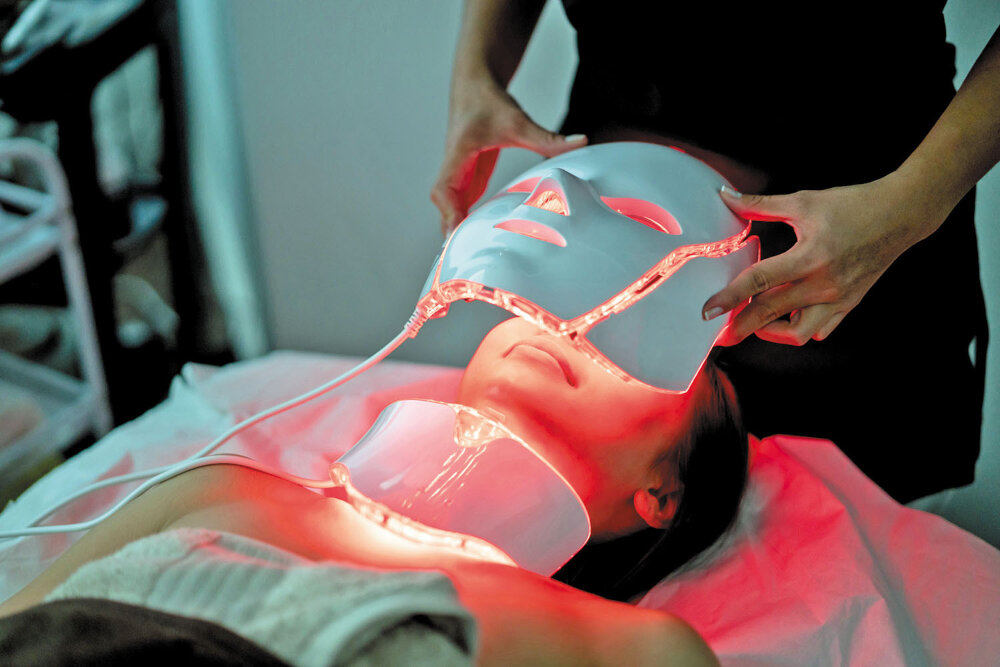
Choosing the best color for maximum benefits is an essential aspect of the healing power of LED lights. Different colors have distinct effects on the human mind and body. Some colors have a calming and soothing effect, while others have an energizing and stimulating effect. It is crucial to select the right color for maximum benefits based on the intended use. For example, blue LED lights are ideal for relaxation and sleep, while red LED lights are suitable for energizing and stimulating the mind and body. When choosing the best color for maximum benefits, it is essential to consider the intended use, the environment, and personal preferences. For instance, if the goal is to enhance productivity and focus, green LED lights are ideal. Green light has a balancing effect on the mind and body, improving focus and attention. Additionally, green light is also suitable for reducing eye strain and headaches, making it perfect for work and study environments. Overall, choosing the best color for maximum benefits is a critical aspect of the healing power of LED lights, and it is essential to consider all factors before making a decision.
Red is a color that symbolizes passion, energy, and excitement. When it comes to LED lights, red is believed to have therapeutic properties that can promote healing and improve overall well-being. Red LED lights emit wavelengths between 630 and 700 nanometers, which can penetrate the skin and stimulate the production of collagen and elastin. This, in turn, can reduce wrinkles, fine lines, and other signs of aging. Additionally, red LED lights can increase blood circulation, reduce inflammation, and alleviate pain. They are often used in medical settings to treat conditions such as arthritis, chronic pain, and wound healing. Whether you are looking to improve your skin’s appearance or alleviate pain, red LED lights may be an effective and natural solution.
Blue is a cool and calming color that is often associated with the sky and the ocean. It has a soothing effect on the mind and body, making it a popular choice for LED lights in therapy and wellness settings. Blue light has been shown to reduce stress and anxiety, improve sleep quality and regulate the circadian rhythm. It can also help to alleviate depression and symptoms of Seasonal Affective Disorder (SAD). Blue light therapy is commonly used to treat skin conditions such as acne, psoriasis and eczema, as it has anti-inflammatory properties that can reduce redness and inflammation. Whether you are looking to improve your mental or physical health, incorporating blue LED lights into your daily routine can have a positive impact on your overall well-being.
Green is a color that is often associated with nature, growth, and harmony. In the context of LED lights, green is believed to have a calming effect on the body and mind, making it a popular choice for healing and relaxation. It is also known to help reduce anxiety and promote a sense of balance and stability. Green LED lights can be used in a variety of settings, from homes and offices to hospitals and therapy rooms. Whether you’re looking to create a peaceful atmosphere or enhance your overall well-being, incorporating green into your lighting design can be a powerful tool.
Yellow is a warm and cheerful color that is associated with happiness, energy, and optimism. When used in LED lighting therapy, yellow light can provide a range of health benefits. It can help to stimulate the nervous system, improve mental clarity and focus, and promote a sense of well-being. Yellow light therapy is also believed to be effective in reducing the symptoms of depression and anxiety. Additionally, yellow light is thought to help with digestion and stimulate circulation, making it an excellent choice for those looking to improve their overall health and well-being. Whether used alone or in combination with other colors, yellow light therapy can be a powerful tool in promoting healing and wellness.
Purple is a color that is often associated with royalty, luxury, and spirituality. In terms of healing, purple LED lights can have a calming effect on the mind and body, making it an ideal choice for relaxation and meditation practices. Purple light therapy has also been known to alleviate symptoms associated with migraines and chronic pain. Additionally, purple LED lights can help improve mood and promote a sense of well-being. It’s important to note that while purple LED lights can offer several benefits, it should be used in conjunction with other forms of therapy and not solely relied upon as a cure-all.
Conclusion
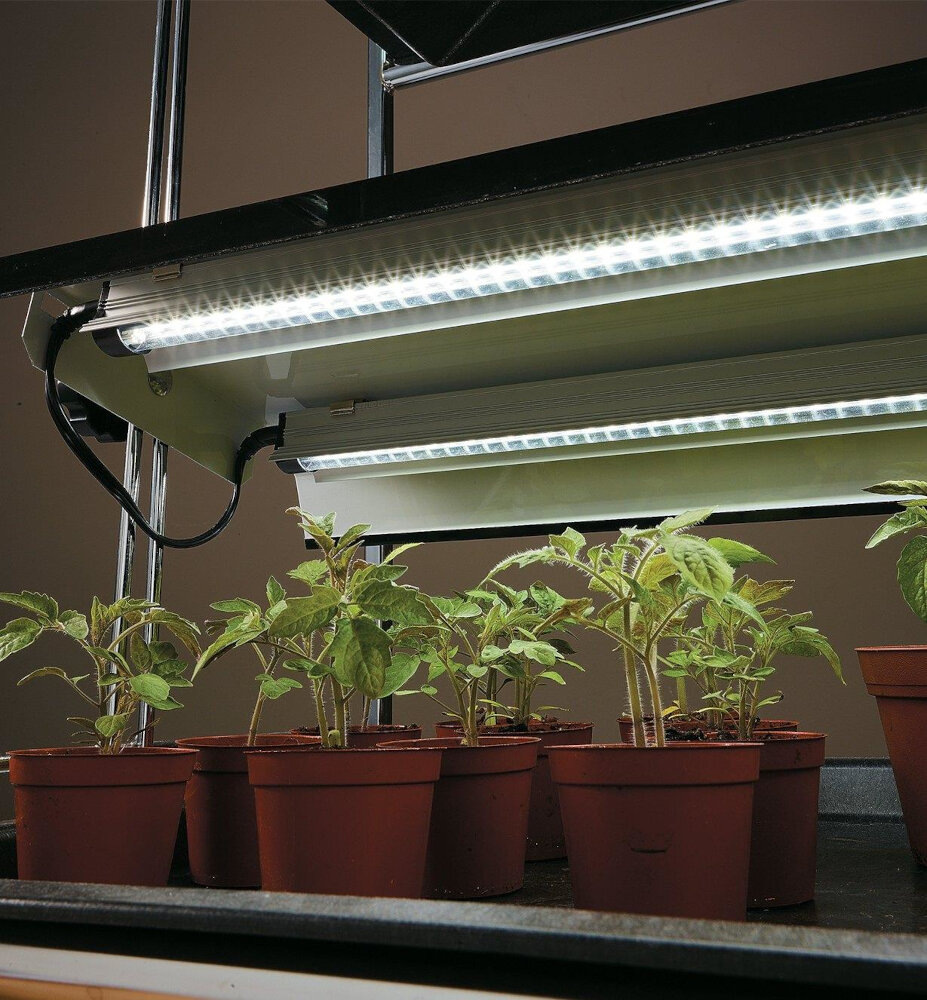
In conclusion, the healing power of LED lights cannot be underestimated. The use of different colors of LED lights has been proven to have significant therapeutic benefits on the mind and body. From red to blue and even green, each color has its unique healing properties. Therefore, choosing the best color for maximum benefits is crucial. Whether it’s for pain relief, stress reduction, or improving sleep quality, incorporating the right color of LED lights into your routine can make a world of difference. So, let us embrace the healing power of LED lights and take advantage of the many benefits they offer to enhance our overall well-being.

